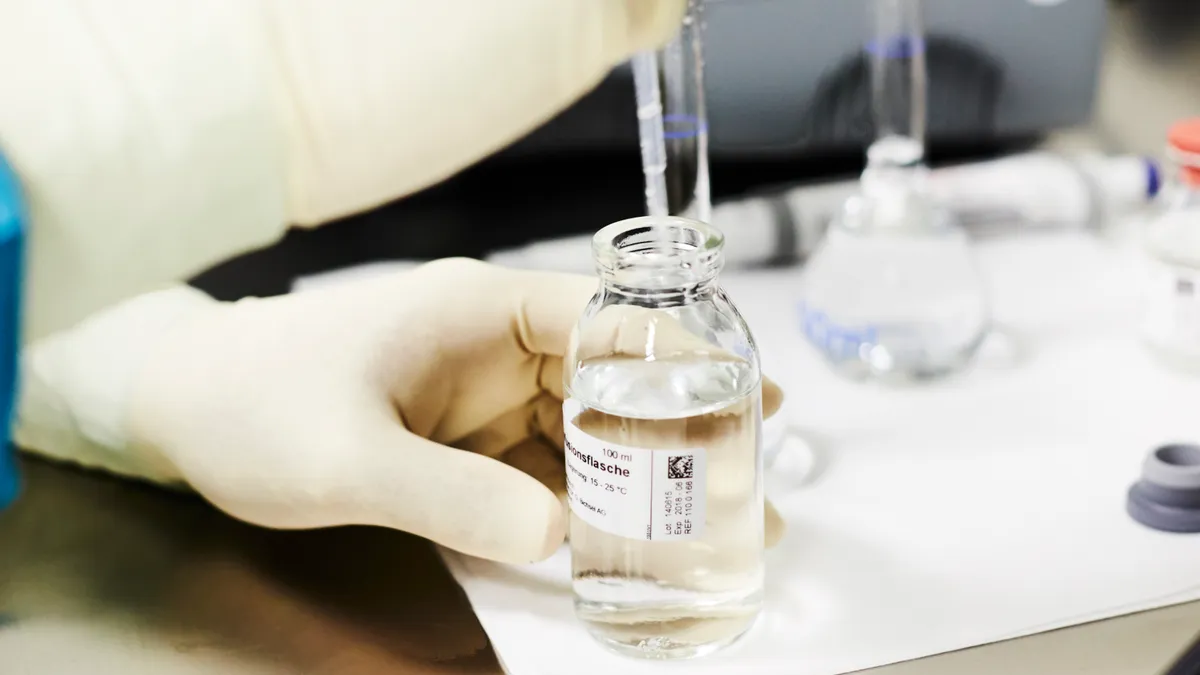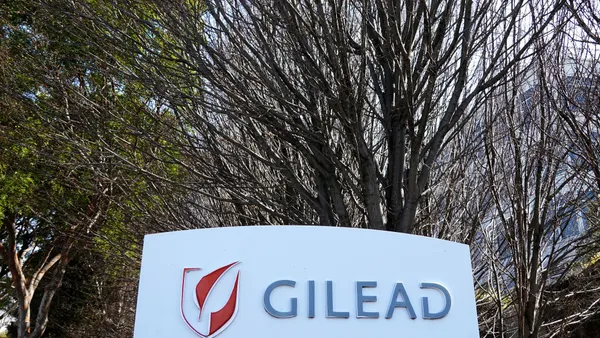As the battle with COVID-19 heats up again and vaccination strategies reemerge, another virus waits in the wings — influenza. And vaccine makers are gearing up for this year’s round of shots.

Every year presents a new challenge for flu vaccine makers, including France’s Sanofi, the U.K.’s GlaxoSmithKline and Australia’s CSL Seqirus, who are responsible for packing four strains into quadrivalent shots to ship around the world. A global partnership of government agencies, the WHO and the pharmaceutical industry each play a part in determining which strains will be made available, a lineup that changes year to year.
“The world's experts on flu seasons constantly say: ‘If you've seen one flu season, you've seen one flu season,’ because every one of them can be different,” said Dr. Gregg Sylvester, chief health officer of CSL Seqirus. “But we do use the Southern Hemisphere as a predictor — it's the same viruses that circulate around the world.”
Similarly, decision makers in the Southern Hemisphere look north in a back-and-forth conversation about the evolution of the virus ahead of their own season. While they are often successful at rooting out the four strains for inclusion, experts don’t claim to be able to forecast the fallout 100% ahead of time.
“Without my crystal ball being crystal clear, I think we do need to be prepared early and get vaccinated appropriately,” Sylvester said. What he has seen in Australia this year is an early spike in flu rates, as well as a rise in RSV and COVID cases, which some experts have called a “tripledemic.”
This is also the first year vaccines are available for all three viruses, with the recent approval of RSV vaccines from GSK and Pfizer. COVID vaccines are also showing efficacy against new strains that have spread toward the end of the summer in the Northern Hemisphere.
As for flu, “the vaccines are good,” Sylvester said. “I think we’ve done a nice job with the WHO and FDA in manufacturing the four strains that need to be in the vaccine.”
But all the good science in the world won’t help a population that’s unwilling to be vaccinated.
‘Turn this trend around’
The most important factor determining the severity of a flu season isn’t estimating the right strain or how much the virus might drift — though both are critical considerations — but rather increasing the public’s awareness of the medical need and willingness to receive the shot, Sylvester said.

Anyone who has paid attention to public discourse since the beginning of the COVID-19 pandemic knows this is a complicated factor. And the statistics are sobering, said Dave Ross, vice president of commercial operations for CSL Seqirus in North America.
“In recent years, we’ve seen an alarming trend of lower immunizations for influenza, and the reason this is alarming is that within the U.S. over the last 10 years, the average number of illnesses we see are between 10 million and 40 million, with up to 700,000 hospitalizations and up to 50,000 deaths,” Ross said. “What we’re involved in with our partners in public health is to turn this trend around, not just for the obvious reasons to address the burden of influenza, but to preserve the health system capacity as we enter respiratory season.”
Health agencies and organizations recommend people in the Northern Hemisphere get the flu vaccine in September or October, but if that’s not possible, a little later can also work, Sylvester said.
"There is plenty of capacity within the healthcare system to achieve the goals that need to be achieved for influenza.”

Dave Ross
Vice president, commercial operations, CSL Seqirus, North America
A silver lining ahead of the season is that there seems to be an early rebound in immunization rates according to indications from healthcare providers. But “vaccine fatigue” is still prevalent, particularly after the focus placed on COVID immunization, Ross said. Another concern is that workplace vaccinations, which accounted for millions of shots in the past, are more difficult now that more people work from home.
And while the COVID pandemic caused many of these problems, the vaccine rollout was a lesson in what the system can accomplish in a short period, Ross said.
“The healthcare community was able to deliver over 350 million immunizations within about a four-month period,” Ross said. “What that demonstrates to me is that with the proper access to vaccines, clear direction and engagement, there is plenty of capacity within the healthcare system to achieve the goals that need to be achieved for influenza.”
Innovating the vax
Improvements in vaccine technology could be a major step in the fight against flu and other infectious diseases, as well as raising the public’s trust through better efficacy, Ross said.
Revolutions in immunization like mRNA shots that arose during the COVID pandemic — after more than a decade of study — are being applied to influenza in the clinic by leading companies like Moderna, Pfizer, Sanofi and others. Before those hit shelves, companies like CSL Seqirus are working on next iterations of their current models, Sylvester said.
“There are new platforms for vaccines that we saw with COVID, and we should be looking at those for influenza also,” Sylvester said. “As we make new and better vaccines, we should probably not only get them out, but also start thinking about retiring some of the older ones — and it can't be done overnight.”
CSL Seqirus has moved from an egg-based vaccine approach to one that is made using mammalian cells, for instance, that attunes the immune system to a more likely version that might be seen in nature.
“I'd much rather have a vaccine in my arm than no vaccine — but in the same way, if I get a choice, I'd rather have one of the new enhanced vaccines,” Sylvester said.












